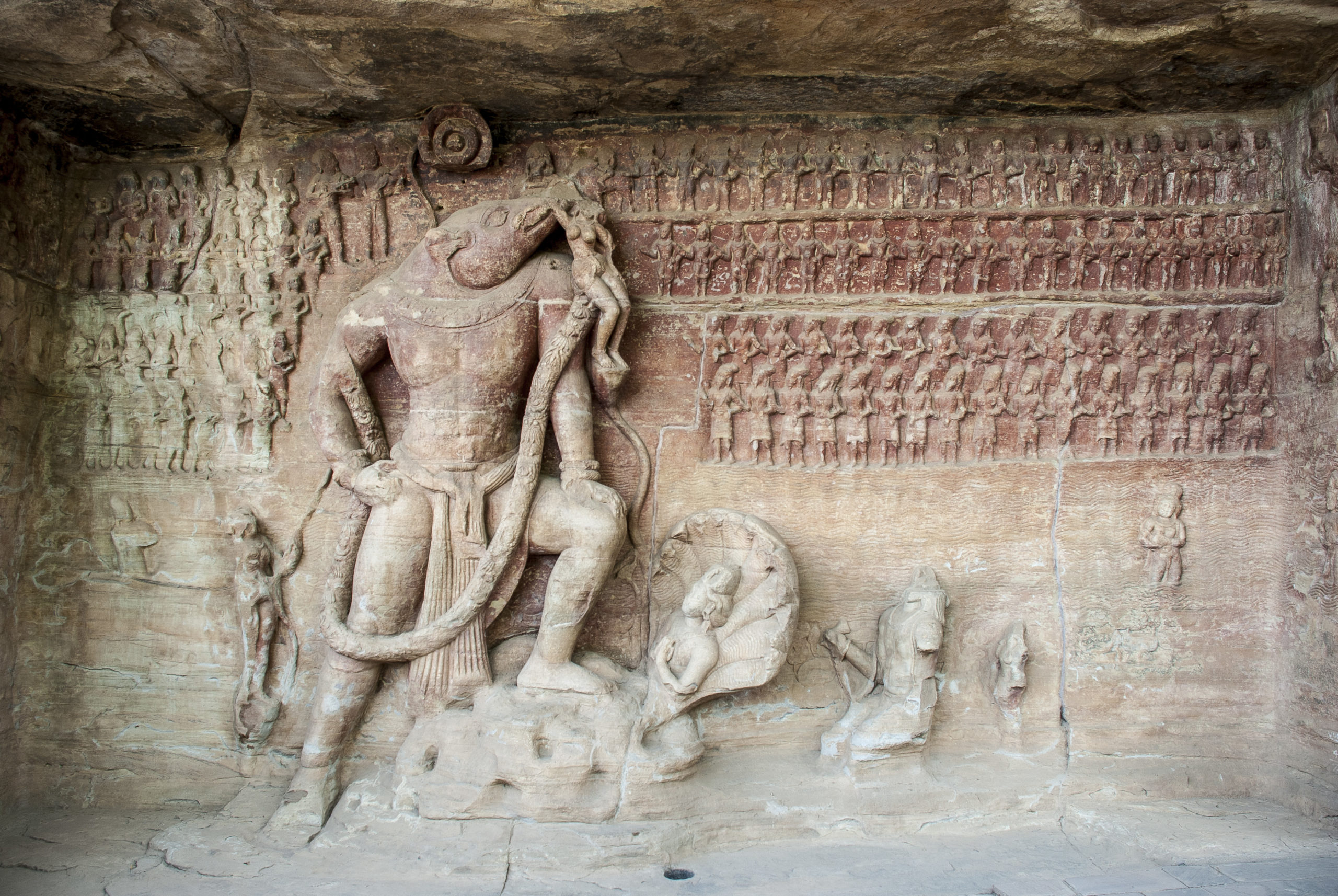
The rule of the imperial Guptas is generally considered as a Golden Age or Classical Age of Indian history. Generally arguments for “Golden Age” are rife with retrospective imposition or wishful thinking, but still nonetheless the Gupta Age still deserves to be recognized as an age of immense consequence.
Rome fell in the 5th century, a topic on which whole hundreds of careers have prospered over the centuries. On the other hand, the Imperial Guptas – their rise, their fall and their legacy all remain somewhat uncertain but that may be down to Indian history in general. While Rome as a empire existed from before common era, the rise of the Guptas was a much later event. But there would be some interesting parallels in which these two empires. Rome began becoming increasingly Christian during the 4–5 centuries CE. Guptas who were devoted to Bhagvata sect are also seen as the Great Hindu rulers of the subcontinent. One of the major reasons of the fall of Imperial Rome were the series of events triggered by invasions of violent Huns led by Attila the Hun. Similarly the Hunas who invaded subcontinent are said to be distantly related to the Europeans Huns (only distantly) — but essentially nomadic cavalrymen invaded both these empires and fall of these giant empires is in large part attributed to these Central Asian “Barbarians”/ Mlenchhas.
If we assume (as is the case according to most scholars) — that Indian armies were mainly infantry supplemented by elephantry and cavalry — the tactics used by Skandagupta and later indian rulers to defeat these Hunas must have been fascinating — interesting pop culture parallel would be the Dothraki versus the unsullied.
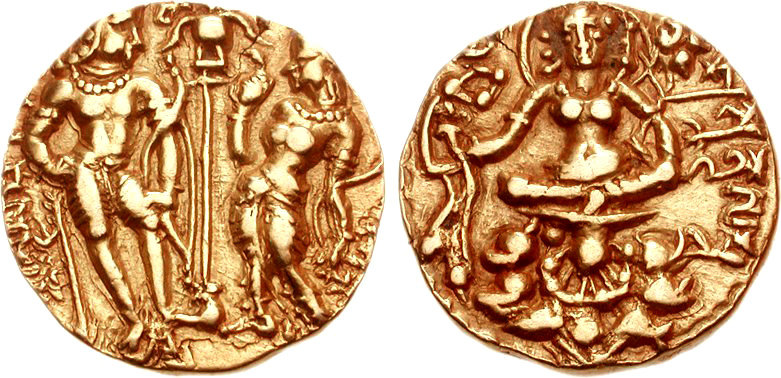
Integration of Classical Hinduism:
Hinduism as we define it today became something clearly recognizable during this time. One interesting way to look at Hinduism is using the metaphor Rajiv Malhotra uses — about Indra’s net — in terms of Software Hinduism is a open architecture software based on the Vedic traditions where different Apps and programs can be installed as long as they are compatible with open architecture. If we are to explain using that analogy — then the various Sampradayas and local deities cults slowly got integrated into the Vedic architecture. The devotional cults of Vishnu and Shiv and Devi clearly had some Vedic as well as non Vedic antecedents . The Bhagvata cult from North India may have had its origins in the Vedic period around the Vrishni Hero Krishna Devakiputra & others like Samkarshana, but by the time of Guptas the Bhagvata sect become something very different. The Puranas which were composed around these times played a key role in the linking of these various cults and deities into a somewhat coherent (yet extremely contradictory) mythology.
Apart from Vaisnava sect — various traditions of Shakta, Saivism and Tantra were also becoming popular. According to most scholars — Saivism was more popular at this time than Vaisnavism. Apart from the imperial Guptas, most other rulers of the time were devotees of Shiv. Whereas the Vaishnava traditions were more synchronized with Vedic traditions, some local, Tantra and Saiva traditions were not accepted in the mainstream Vedic religion. There are many stories of initial conflict of such local cults with Vedic traditions while these cults were slowly integrated into the Shrauta Vedic traditions. (Something I have touched previously in this piece – Hindu Integration: Brahmanas and Gramadevatas – Brown Pundits). The mechanisms of this integration are varied and complex — some deities become avatars of Vishnu — some become children of Shiv and some are added into the complex narratives of the Puranas. Kumārasaṃbhavam by Kalisada is also a fine example of the storytelling employed by composers while weaving this complex mesh of Hinduism.

Devi also becomes increasingly interwoven with other deities — as illustrated by the tale of Mahisasur Mardini from the Puranas. The Udaygiri cave complex is a fantastic example of one of the earliest manifestations of such rich stories and motifs and their interplay — Vishnu as Varaha, Shiv Mukhalingam, Mahisasur mardini, Skanda, Ganesh etc.
In a way traditions based on Vedic Yajna based practices which are more transactional began giving way to more devotional forms of worship. These include grand temples, Teertha Kshetras and Shakti Peeth. Small temples may have existed before — we cannot be sure as archeological record is sparse; but during these times ruler began to patronize rich temples complexes — like the Udaygiri caves, Pravareshwara temple complex – which were mediated by Brahamanas practicing Vedic traditions but focus began shifting on the devotional aspects on faith.
One of the interesting foreign accounts we have of this time is that of Fa-hien — a Buddhist monk from China — who writes about a somewhat Golden age — where crime and punishments are low and people are wealthy, where vegetarianism is a norm and people even abstain from garlic and onions. The important thing to glean out of this is the fact that practices like Vegetarianism were becoming widespread around these times — something that has been linked heavily with Vaisnavism as well as Sramana traditions — especially Jainism. This era was also the time when the Mahabodhi temple, Nalanda university were constructed, so Buddhism was also in fashion as was Jainism — though Jainism seems to be more dominant in the west and south.
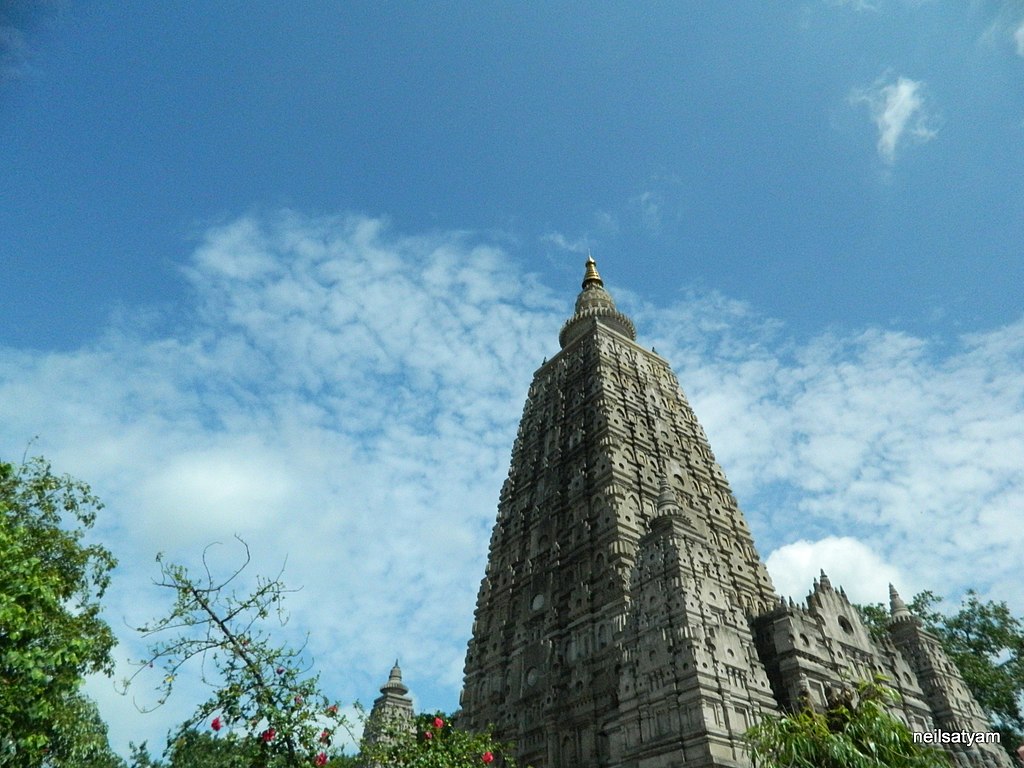
Architecture and Art:
The oldest Hindu temples clearly go back to pre Gupta times but the recognizable Hindu temple forms also took shape during these times. Early temples used to be short constructions made of mainly wood — around 10–10 feet square. Temples with their distinctive “Shikhar” began becoming constructed around this time.
In Cave architecture , apart from the Udaygiri and Elephanta caves (which are not firmly dated) — cave architecture seems to have been predominantly Buddhist — as attested in the fantastic Ajanta caves. Even though some of the early caves of Ajanta cave complex go back to the Satavahanas — like the Karla and Bhaja caves, the more spectacular cave art — both paintings and sculpture goes back to the age of the Golden age of the Vakatakas – around the end of 5th century.
In the times of the Kusanas the art form known as Gandhara sculptor developed (with influence from Greeks), during the Gupta period, the Mathura & Sarnath schools continued to innovate to new heights. The Sarnath Buddhas are considered as one of the greatest art produced in India. Among some other famous sculptures of this times are the terracotta of personified Yamuna and Ganga from Ahhichattra . Yamuna-Ganga figures along with the royal standard Garuda denote the Gupta and their patronage as the Gupta originated from the region of Prayaag.
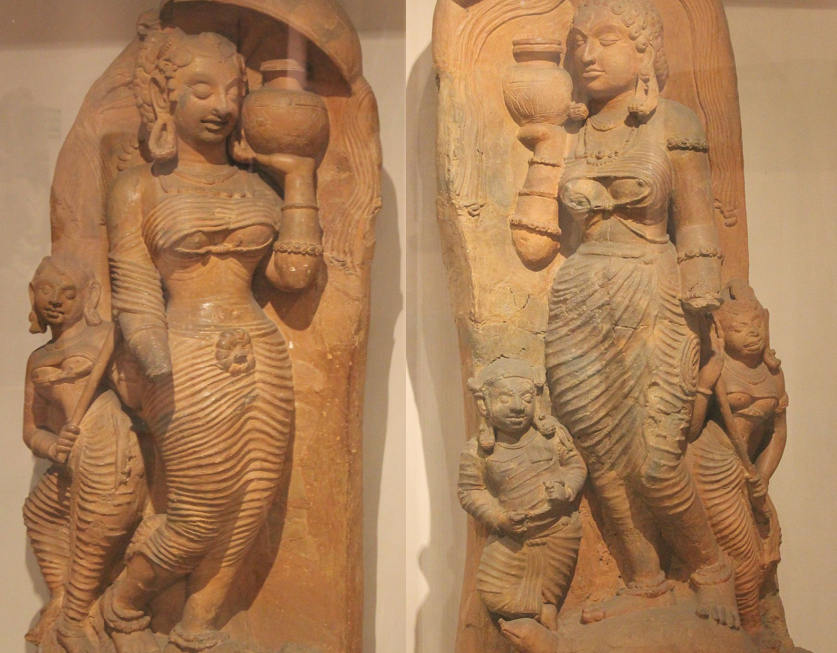
The Natyasastra which is dated to the first and second centuries CE also deserves a mention while talking about the classical age of India. One of the central concepts of Natyasastra is Rasa — Rasa is what the audience is supposed to feel as an effect of the performance. Rasas and not emotions but they map on to emotions — like Shringara Rasa with love, Vira Rasa with energy — Rasa is not the feeling or emotion but Reaction— which i have to say is a very sophisticated way of looking at it. Audience was not supposed to be a passive observer, but a highly trained and sophisticated participant in the process of Drama. The Natyasastra also prescribes that death, love making, bathing, eating should never be shown on stage and dramas should always end on a positive note — unlike famous Greek tragedies.
Fa-hien also talks about buildings which acted as hospitals existing in north India. The Sushruta Samhita which probably goes back to the late Vedic or early Mahajanpada period, but the Caraka samhita which has many layers was probably work in progress till the Gupta era. The Bower manuscript which is dated to 5–6th century CE gives a fascinating peek into the developments of Ayurveda. It refers to passages from or commentaries on the Caraka Samhita. The text also refers to Sushruta as the one who originally got this knowledge from the king of Kashi.
Legacy of invaders, Indian Kingship and religions:
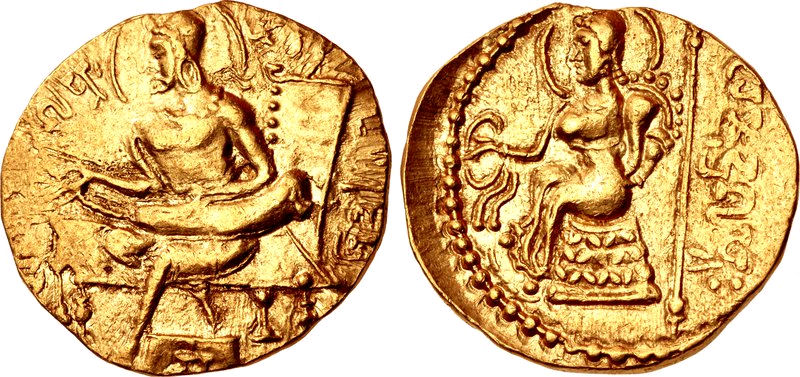
By and large Indian kings right from the times of Bimbisara, rarely persecuted religions sects even if they were personally devoted to some competing sect. This made good pragmatic political sense — this is the argument made by a section of scholars while looking back at these policies of religious pluralism. Many of the ruling elites after the times of the Mauryas like Hunas during this age — were “foreigners”/ Mlencchas — like most steppe warriors of these Hunas must have mostly practiced some form of Iranic religion like the earlier Sakas and Kusanas or Shamanism like the later Mongols. But inspite of what we noted earlier — about Mihirakula being among the few ancient Indian rulers to resort to religious (anti religious) zealotry — the Hunas went native quite soon. These streams of invaders who came to shape the subcontinent from the time of the Buddha to the fall of Gupta empire — Persians, Macedonians, Bactrian Greeks, Sakas, Kusanas, Hunas — we find that all these identities melted into the Melting pot of India. Indian religions — especially Hinduism and Buddhism in large part absorbed, reshaped and restyled the faith systems of the invaders. From between a few generations to few centuries all these invaders “went native” — so in a way what became Classical Hinduism was shaped by these invaders. This integration of the “invaders” would stop in the coming centuries.
Here is a quote from Upinder Singh — History of ancient and earlier medieval india.
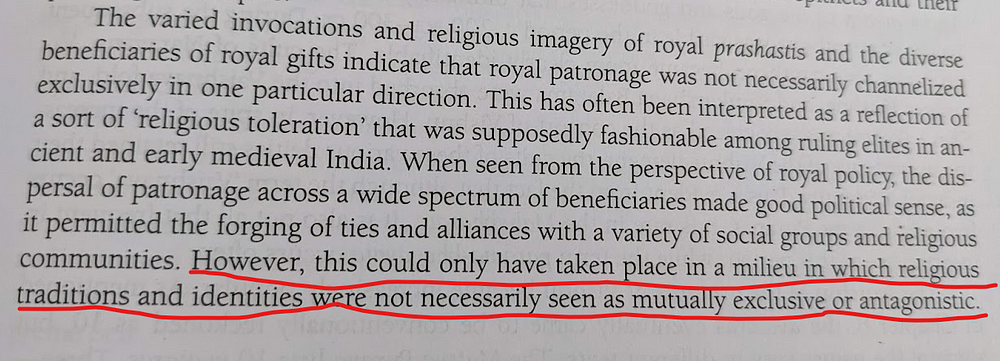
Maybe I am wrong, but it seems to me that Indian history is ovely reliant on foreign souces. Like Megasthenes, Fahian, Xuanzang etc. Why is that? Are there not enough native sources? Its never the other way around when discussing European or Chinese history.
Yes there are very few native sources. the technology to record history existed but just chose not to do so.
I also read somewhere, that sometimes when they recorded things, they did so on biodegradable materials like leaves.
were guptas ‘trader -kings’?